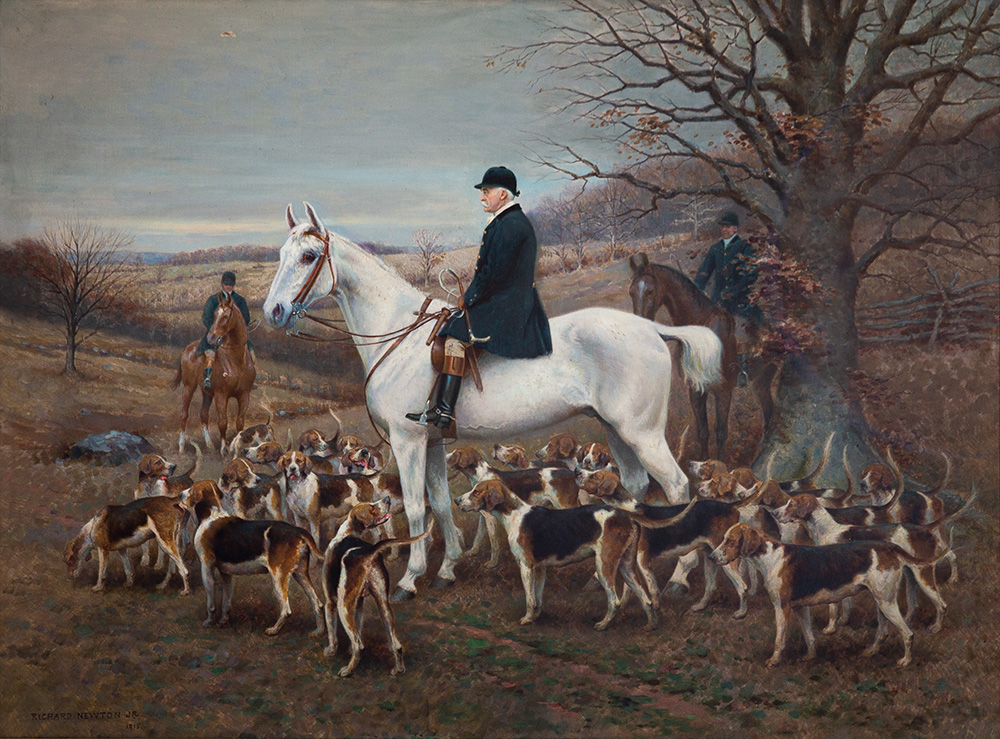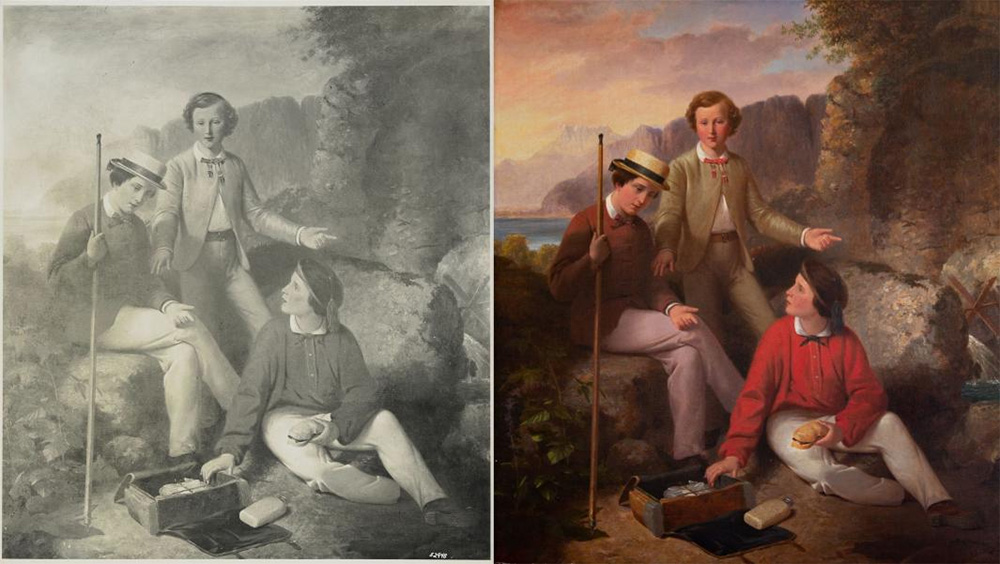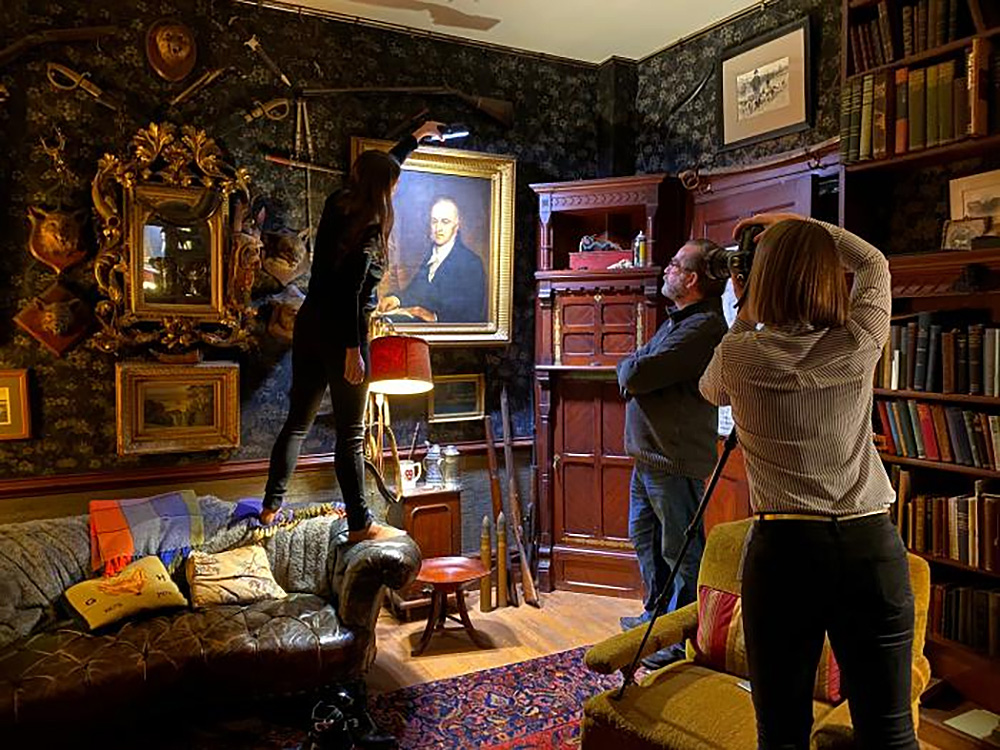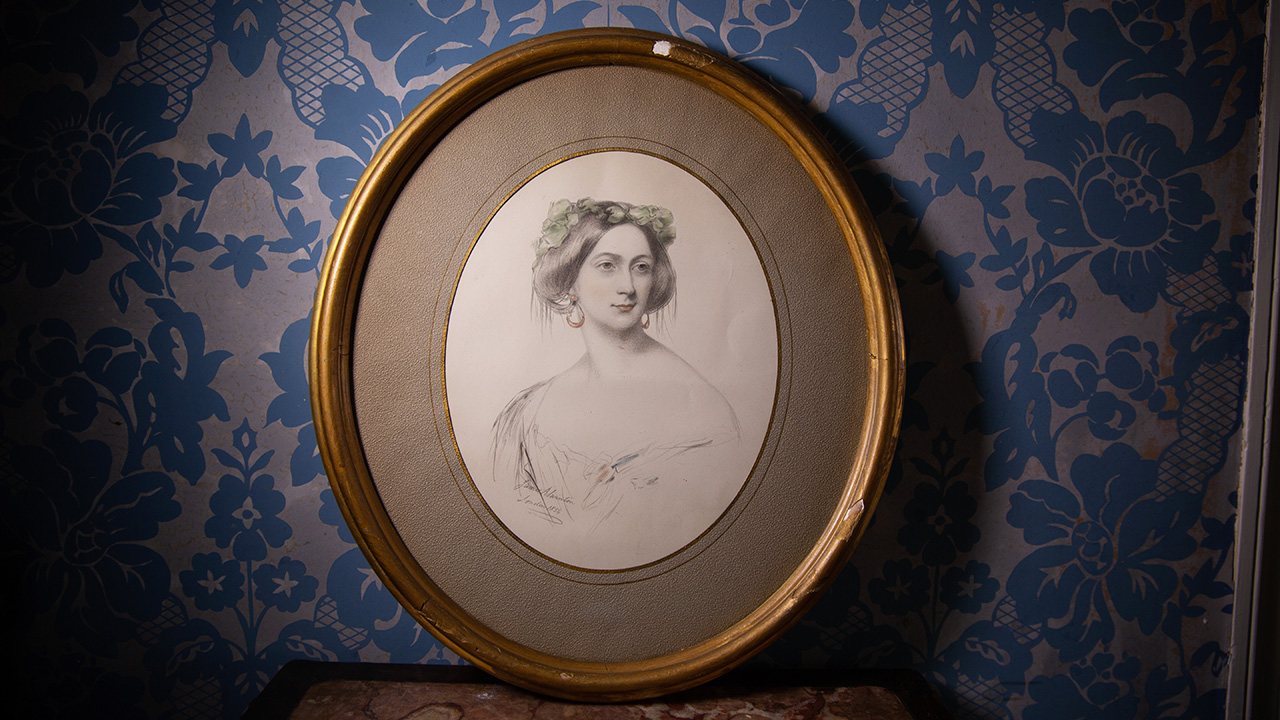For many museums and cultural organizations, the online repository has long represented a key piece of their digital presence. Collating data and metadata on the artifacts in their collections, these resources do the good work of merging content silos, facilitating academic research, and enabling public access. Emily Kate, however, while recognizing the value of these online caches, detected a noticeable gap on the digital archive landscape. “The large tech-fueled digital repositories being built were focused solely on art that was already public,” she tells Jing Culture & Commerce. “Although the issues of information silos were being battled, I saw a glaring issue with the omission of private collections.”
That revelation prompted her founding of Global Art Access (GAA), an educational non-profit dedicated to the digitization of private collections for the purposes of scholarship and public accessibility. Kate, a former coordinator of Google Arts & Culture who’s worked on either side of the culture-tech divide — “on digital teams at museums and on the cultural side of the tech sector” — is clear-eyed about the organization’s mission. “I believe that technology has the potential to democratize access to culture,” she says.
In the fall of 2020, GAA embarked on a partnership with the Frick Collection to digitize 100 works held in private collections, with the resulting high-definition images set to join the Frick Digital Collections. It’s a project that mirrors Helen Clay Frick’s monumental efforts between 1922 and 1967 to document rarely seen artworks that were privately held in North American homes. Those black-and-white photographs formed the basis of the Frick Photoarchive (now available through the Frick Digital Collections), to which GAA, a century on, is adding freshly digitized, full-color images.

The first full-color digitization of Richard Newton’s 1915 portrait of Major W. Austin Wadsworth, photographed by Lauren P. Wadsworth for Global Art Access

Miner Kilbourne Kellogg’s 1863 portrait of William Austin Wadsworth, Herbert Wadsworth, and Livingston Wadsworth, photographed by Thurman Rotan for Frick Art Reference Library (left) and by Lauren P. Wadsworth for Global Art Access (right).
Digitization, however, is just the start. GAA processes digital files and collects metadata, but as well, confers with private collectors about which other digital platforms these images can live on. The first batch of Frick images, for example, can also be accessed on public image repositories such as the Smithsonian Learning Lab, Artsy, WikiArt, and Google Arts & Culture. The goal, as always, remains widespread accessibility to reach the broadest audience possible.
Below, Kate shares more about what digital access means to GAA.
What is GAA’s partnership pitch to private collectors?
Creating scholarly and public access to private collections is an innately philanthropic and modern endeavor. The families we are working with have incredible pride in their collections and want to share the works with those who will appreciate and treasure them. We provide a world-class solution for these families. In turn, they not only get museum quality digitizations of their works, but they also greatly improve the collection’s visibility, notability, and the scholarly interest in the works.
For private collectors, what are some barriers or challenges to digitization?
With private collection digitization projects, we are not dealing with businesses; we are dealing with collections residing in someone’s family home. The respect for and understanding of this fact is at the forefront of how we compose ourselves and our workstream. Our goal is to digitize the works with as little handling as possible — ideally with it still hanging on the original wall. This process is unique to the digitization of private collections, and it is something we take great care with in order to ensure the comfort and trust of our collectors.

Lauren P. Wadsworth photographing a work in her family’s collection at The Homestead, Geneseo, NY, for Global Art Access. Image: Crista Wadsworth / The Frick Collection
Much of GAA is driven by the principles of open access. Why is such a model important to the organization?
Open access is about breaking down barriers so to me; open access represents the democratization of art. As someone who was fortunate enough to grow up constantly immersed in art and culture, I strive to bring that access to everyone regardless of their circumstances. I think the more we focus on the benefits of “art for all,” the more generous we will be with our skills, knowledge and resources.
GAA also launched the Annual Global Art Access Corporation Curatorial Competition to spotlight open access repositories and digital curation. Could you fill us in on the program?
The Annual Global Art Access Corporation Curatorial Competition was inspired by a desire to introduce more people to the world of Open Access collections. There are many institutions around the world which share the same values as Global Art Access and we wanted to introduce a program that would help others feel comfortable with those resources. It was wonderful to see these enormous art repositories online morphed into meaningful and personal exhibitions which resonated deeply with so many viewers.
At a time of accelerated digital pivots, what in your view are some key considerations museums should undertake in their online strategies?
I think museums are beginning to internalize the idea that simply making an artwork, exhibition, or program available online is not enough. We need to create platform-specific programming, meet people where they are online, and really speak the language of the platform. So many digital strategies have simply been about making things available, which is great but it’s just the first step! Repurposed digital content will not perform well in today’s world, so tuning our content to fit platforms is key.



